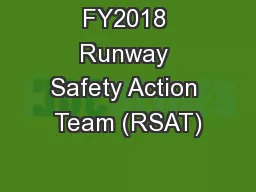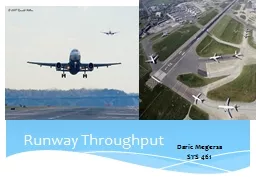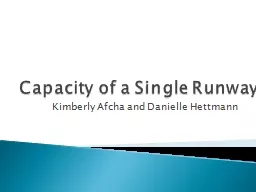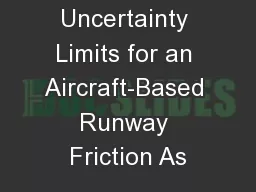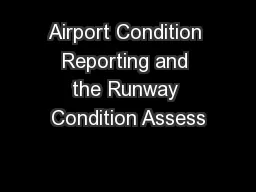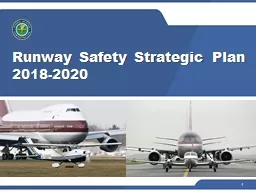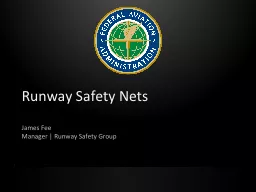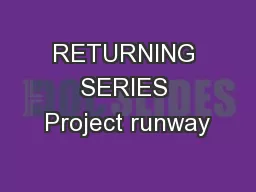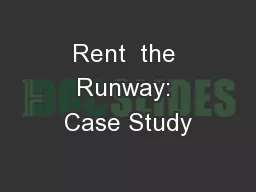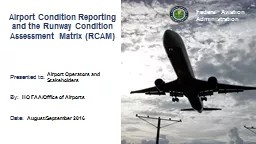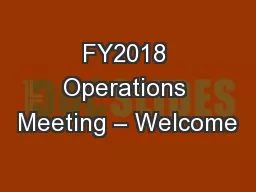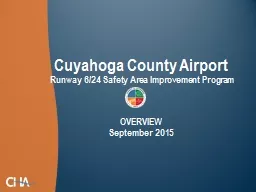PPT-FY2018 Runway Safety Action Team (RSAT)
Author : karlyn-bohler | Published Date : 2018-11-01
meeting for LONG BEACHDAUGHERTY FIELD LGB Airport DRAFT Introduction Welcome to the Runway Safety Action Team RSAT Air Traffic Manager Tom Monahan Airport Manager
Presentation Embed Code
Download Presentation
Download Presentation The PPT/PDF document "FY2018 Runway Safety Action Team (RSAT)" is the property of its rightful owner. Permission is granted to download and print the materials on this website for personal, non-commercial use only, and to display it on your personal computer provided you do not modify the materials and that you retain all copyright notices contained in the materials. By downloading content from our website, you accept the terms of this agreement.
FY2018 Runway Safety Action Team (RSAT): Transcript
Download Rules Of Document
"FY2018 Runway Safety Action Team (RSAT)"The content belongs to its owner. You may download and print it for personal use, without modification, and keep all copyright notices. By downloading, you agree to these terms.
Related Documents

